|
JOE DAVIS IS AMAZING.
The documentary was really inspiring. To listen to him talk about the things he's interested is really inspiring. As someone who references science and bio artists, he makes me question whether or not I'm "science-y" enough. And this of course is something that I have been considering in my own work. Since my residency in NYC, I've been asking myself: "should the work look like ART or SCIENCE?" "should it be more science-like?" "do I need more data?" "is visual data enough?" "does my work reflect both science and art?" "how do I fit into the contemporary context of other bio artists?" During Joe's lecture he mentioned that a lot of times artists (and in his opinion bio-artists in particular) are very illiterate about real science. That is very true. During my journey of trying to find bio artists to look at and relate too, I notice that a lot of them just use the scientific jargon as a way to elevate the work. Sometimes they don't. But where does my work fit into that? Or perhaps more importantly where will my future work fit into that? I'm not going to lie, I've used some scientific jargon in titling my work- but I think I was doing it correctly and not just trying to elevate the work. I find that the art circles are almost more easily accepting of my work, whereas, the die-hard scientist is a much tougher critic in some ways. I like to consider both; or at least be aware of both sides of the audience. Joe's visit was so very inspiring. I was quite nervous before he arrived here, wondering what kind of interactions everyone would have with him. His visit surpassed all expectations and blew me away. He is so charming, down to earth, intellectual, and curious about most all things. I am eager for his return visit in the spring. He'll be with us for a week, and here while we're teaching the bio-art class. He's one of those people who can inspire with just a short conversation. I am blessed to have met him and consider him a friend.
0 Comments
I'm starting to feel the pressure of the last year of grad school. I'm eager to get things going - and I think my messy, smelly studio reflects that. I've been spending a lot of time in my sketchbook thinking about what my thesis show will look like. It's scary and exciting to be at this stage in my grad career. The pressure is on. Time to start churning out work. 18 "slides" made with a variety of materials such as: paint, pigs blood, and iron. I have a total of 21 "slides" but have narrowed it down to 18 that make the cut. The plan for these slides are still in flux. However, by talking to a couple of different faculty I think I will build individual light boxes for each of them; then probably be displayed in a grid together. I still have a lot of details to hammer out. What kind of material will be boxes be built from? the ratio of the box to the slide? how will I light them? will there be a switch to turn the lights on or off? Below is one of my favorite "slides" held up to the light. Dr. Ashley says it looks like a hamburger. I had Mark Rothko in mind when I made it, but a hamburger works too. I really enjoyed making these "slides". I think I'll continue the project throughout the year. They have been helping me think about the compositions of my paintings. I view them very similarly to Richter's mushed polariods - studies that become individual pieces. They are also quick and easy for me to make and disregard if they come out as failures. I feel no pressure when I'm making them. Something I willingly welcome in this last year.
This semester has been a busy one for certain. I always have a harder time in the fall with making solid work than any other time. I don't know why that is, seasonal art depression?-maybe. I feel like I'm under producing but I'm starting to work through some problems I had towards the beginning of the semester. Working in Ashley's lab is very exciting. I even have a set of keys to joint. It comes with a lot of work and time though. I finished my first experiment (with guidance from Ashley) but I managed to do most of everything on my own. I wanted to learn how to clear and stain specimens. Brandon Ballengee (faculty member I worked with while at SVAs artist residency this summer-and mentioned in earlier posts) often uses this techinque in his work. It creates stunning visuals. It also allows me to view a specimen in a different light, investigating the interior body and skeleton on a level not previously experienced. I was able to start the protocol from beginning to end. First, with amputating limbs from axolotls to completion of storage in glycerin. The entire process took a week. Although if my schedule wasn't as hectic as it normally is, the experiment may have been shorter. Alas, graduate school isn't so kind to my lab hours. One thing I've been struggling with this semester is getting caught up in what the work should look like. I'm trying to please two different departments and myself. Should the art look like science? Should the science look like art? What about the concepts-art vs. science? I say that I'm still struggling with the "art product" but I'm trying to be less concerned about those catches and focus more on what the work needs to be to please me. So far this semester, I've not been too pleased with anything I've made. Regardless, all those failures are important to the process. |
Author/ArtistI am a contemporary artist focused on the intersection of art and science in Lexington, KY. Archives
September 2018
Categories
All
|
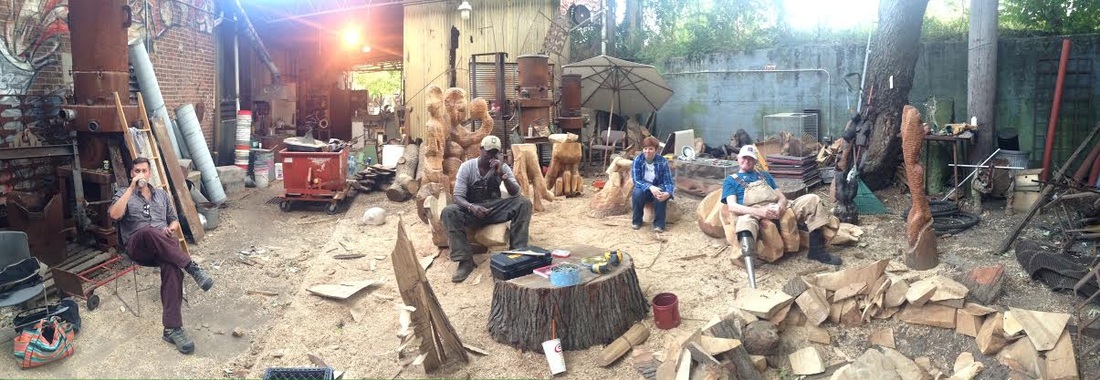
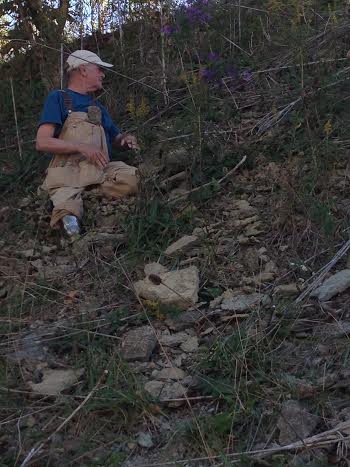
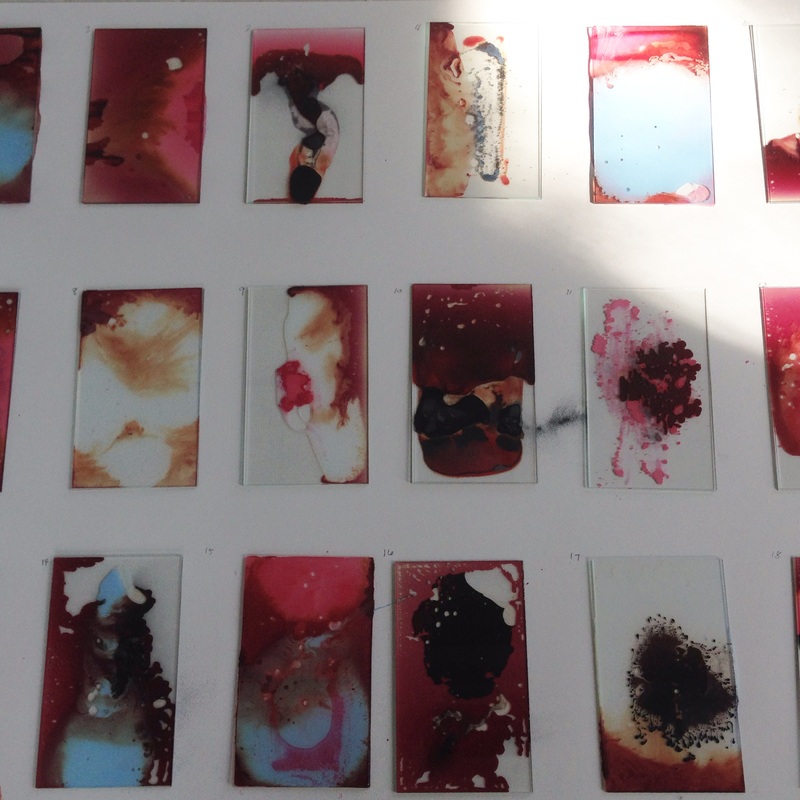

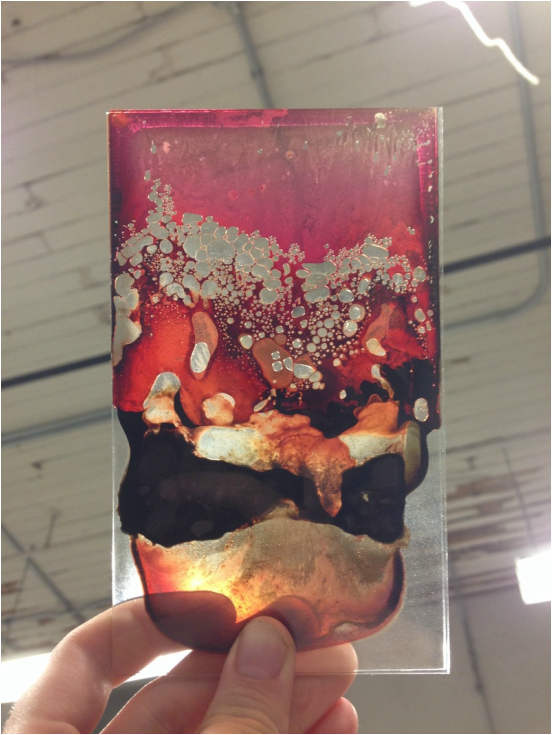
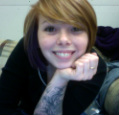
 RSS Feed
RSS Feed
